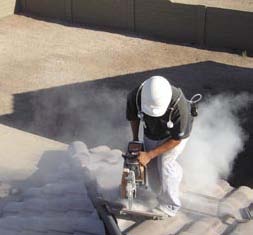5 Essential Elements of a Total Worker Health Program
Each year in the United States, about 4,500 workers die from work-related injuries, and more than 50,000 die from work-related illnesses. More than 3 million suffer nonfatal occupational injuries or illnesses; 2.8 million are treated in the emergency department; and 140,000 are hospitalized. The price tag to employers reaches $250 billion each year. Although employers have made progress in recent decades by reducing occupational injuries and illnesses and controlling their costs, there’s clearly more to do. And, getting it done may require a novel approach.











